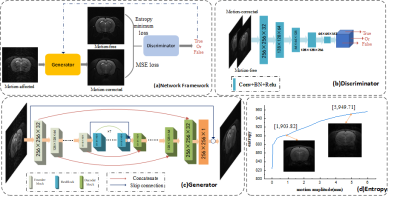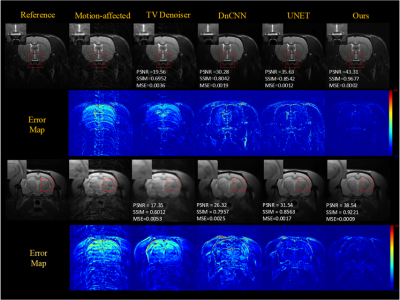Qingjia Bao1, Yalei Chen2, Pingan Li2, Kewen Liu2, Zhao Li3, Xiaojun Li2, Fang Chen3, and Chaoyang Liu3
1Department of Chemical and Biological Physics, Weizmann Institute of Science, Rehovot, Israel, 2School of Information Engineering, Wuhan University of Technology, Wuhan, China, 3State Key Laboratory of Magnetic Resonance and Atomic and Molecular Physics, Wuhan Center for Magnetic Resonance, Wuhan Institute of Physics and Mathematics, Innovation Academy for Precision Measurement Science and Technology, Chinese Academy of Sciences., Wuhan, China
1Department of Chemical and Biological Physics, Weizmann Institute of Science, Rehovot, Israel, 2School of Information Engineering, Wuhan University of Technology, Wuhan, China, 3State Key Laboratory of Magnetic Resonance and Atomic and Molecular Physics, Wuhan Center for Magnetic Resonance, Wuhan Institute of Physics and Mathematics, Innovation Academy for Precision Measurement Science and Technology, Chinese Academy of Sciences., Wuhan, China
We proposed a new
end-to-end motion correction method based on conditional generative adversarial
network (GAN) and minimum entropy of MRI images for FSE sequence.

FIGURE 1 (a)The
overall architecture of the proposed cGAN-based method.(b) The
discriminator framework, consists of 5 cascaded convolution layers.(c) The
generator framework, it contains 5 encode and 5 decode block, and 7 cascaded
Resblock.(d)The entropy curve, shows that the motion amplitude increase, the
entropy increase.

FIGURE 3 Mild and strong motion
correction results of various methods on multi-shot FSE sequence. Columns of the first is the mild motion result
and the third is strong. The columns from left to right show reference images,
motion-affected images, motion corrected images using TV Denoiser, DnCNN, UNET,
and our method, respectively. In the second and fourth row, the absolute error
maps corresponding to the first and third row are presented. In each motion
corrected image, the correction
quantitatively (PSNR, SSIM, MSE) can be seen in comparison to the motion-free
reference.